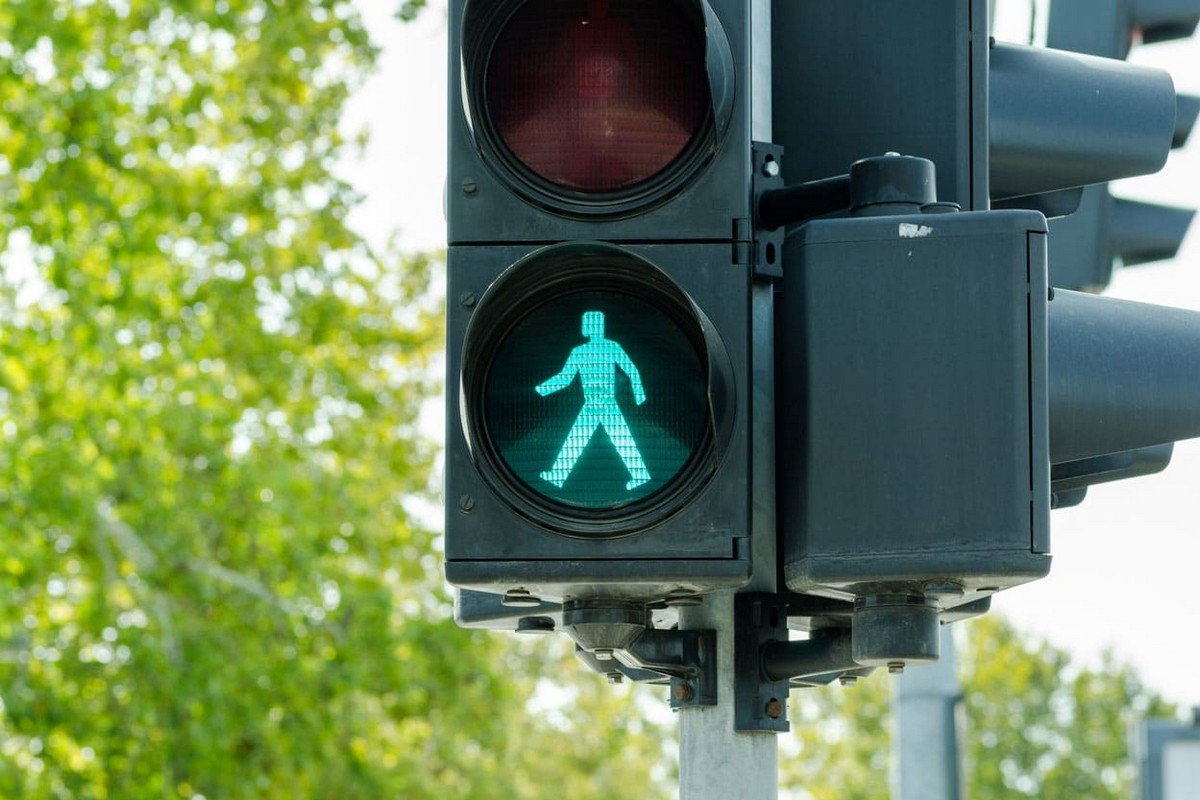Popular Tips
YOU MIGHT BE INTERESTED IN
What You Should Know About Traffic Light Rules In India?
by Vivaan Khatri |
03/08/2020
What are the basic traffic light rules in India that every road users must know? Here is all things you should know about the traffic signals in India.
- Tag:
- traffic laws











 Follow us on google news
Follow us on google news
